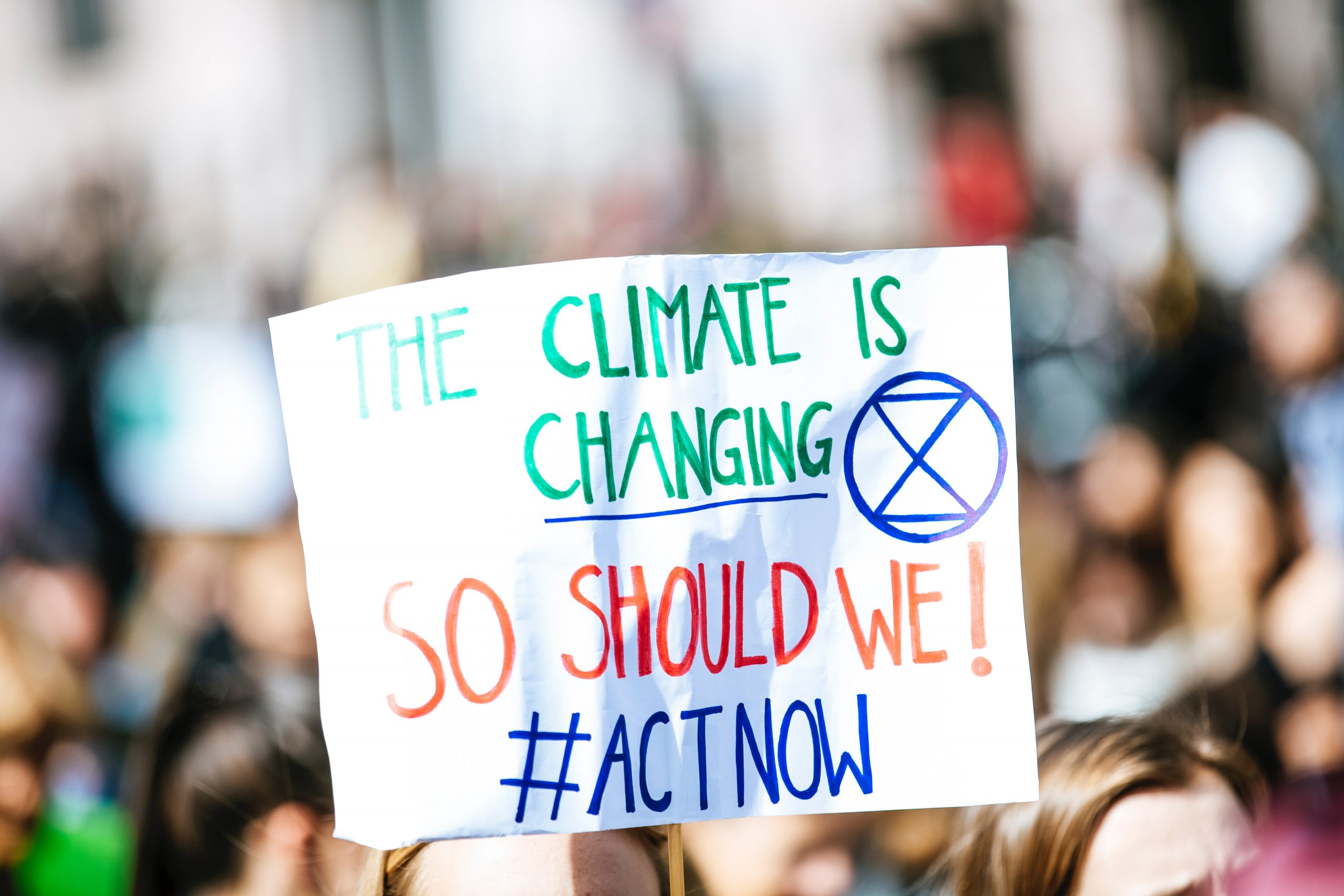What is Carbon Footprint?
Well, according to The Nature Conservancy, carbon footprint is the ‘total amount of greenhouse gases (including carbon dioxide and methane) that are generated by our actions.’
And what does it have to do with the ‘Greenhouse Effect’?
Remember the ‘greenhouse effect’ we learnt about at school? If not, here’s a summary for you: the greenhouse effect is the natural process of how the sun warms the Earth’s surface. It’s called a greenhouse effect because, you see, when the sun enters the greenhouse, the glass walls trap the heat, which in turn, warms up the air inside the greenhouse. So, when the greenhouse gases that we release into the atmosphere traps the sun’s heat, they warm the average global temperature thus causing it to rise.
This is widely known as global warming.
What causes our carbon footprint?
According to a current WWF report (2020), nearly half of the UK’s carbon footprint comes from emissions released overseas to satisfy UK-based consumption. These emissions account for 46% of the UK’s carbon footprint, however between 1990 and 2016, emissions had reduced to 41%, but the consumption-based footprint only dropped to 15%, this is because most goods and services come from abroad. Moreover, Prof. John Barrett stated that it is ‘essential’ that the UK commits to reducing its emissions both inside and outside the UK to sufficiently respond to the climate crisis.

Ways to reduce your Carbon Footprint
To move forward, here are some easy ways to reduce your carbon footprint!
1) Eat organically and locally
The food we eat can have a significant impact on our environment. For instance, consuming meat and dairy requires a lot of land, water, and energy to produce. Therefore, to reduce this is by eating fewer animal products especially red meat and/or choosing a plant-based diet. However, to those who aren’t willing to go fully vegan, you can always participate in Meat Free Mondays. It is an international campaign that encourages people to not eat meat on Mondays to improve their health, as well as the health of the planet. You can also purchase locally grown foods as it takes lesser resources and energy for transport in comparison to foods that are being shipped from overseas. Not only does it reduce your carbon footprint, but it also supports the local economy.
2) Reduce food waste
Composting is good for the environment, especially for food waste. Not only can this help reduce landfill methane emissions, but it doesn’t use energy to reduce and it’s also good for your gardens! Also, here’s a bonus this type of compost is free. A way to reduce food waste is to plan on what you’re going to buy, this way you don’t over-buy and just use the food that you’ve bought (as well as what you already have.) Additionally, leftovers don’t have to be thrown away or composted. Keep them in the fridge or freeze them where possible.
3) Use re-usable bags and straws
Companies use tons of different products in their day-to-day operations. Whether it’s things like paper, electronic devices, or packaging, it all has a carbon footprint. Many retailers have easily reduced their carbon footprints by switching to paper bags or selling reusable bags.
For instance, fast food companies have made the switch to paper straws, however, Latten, B. (2020) had stated that ‘paper straws really aren’t much more environmentally friendly than plastic straws.’ He added that although paper straws seem like a good environmental choice since trees are a renewable choice. Latten argued that they’re a valuable source as they absorb carbon dioxide emissions, we humans produce which is exactly why we shouldn’t cut them down and use them for anything unnecessary.
So what can we do? instead of paper straws and especially plastic straws, we can start by bringing our own re-usable silicone or metal straw next time we head to our favourite fast-food restaurant. And for an eco-friendlier shopping bag, you can always opt for organic tote bags, as they’re not only environmentally friendly, but a statement piece of fashion!
4) Walk, cycle or electric transports
Walking is one of the most environmentally friendly ways to travel. Not only is it good for the planet, but it’s also good for your health. If you can, choose to walk to work where possible. For farther distances, you can always opt for cycling. In addition, you can always invest in electric bikes or cars. Electric bikes or cars are better for the environment as they emit fewer greenhouse gases than petrol or diesel engines, even when you take electricity production into account. Electricity is rapidly becoming a renewable energy with the help of wind and solar technology advancements.
5) Reduce carbon footprint at Home!
There are many ways you can reduce your carbon footprint at home, and it goes far beyond knocking your thermostat down a degree or making sure you turn the lights off. Have you considered what impact your choice of energy provider makes? Choosing a provider committed to making changes and using carbon free electricity is a great starting point in reducing your homes contribution to the UK’S carbon footprint.
The introduction of smart metres have also made us all more aware of our usage enabling us to take more control, but usage isn’t necessarily the problem. Ensuring your home is well insulated and draft proofing can help substantially in not only keeping you nice and warm and lowering your usage but also lowering wastage… and not to mention your bills!
Another way is by using low LED lighting. A modern LED lightbulb uses 80 to 90% less energy than a traditional lightbulb. Buying A+ rated appliances will again help in lowering energy consumption.
Lastly don’t forget about water! Do you really need to keep the tap running when you’re brushing your teeth? Could you have a quick shower instead of a bath today?
If everyone made small changes to their daily routines it could have a big impact on saving our planet.

